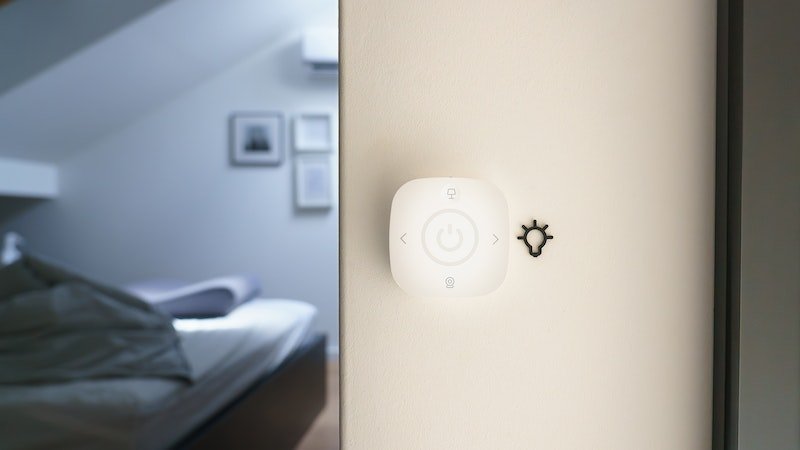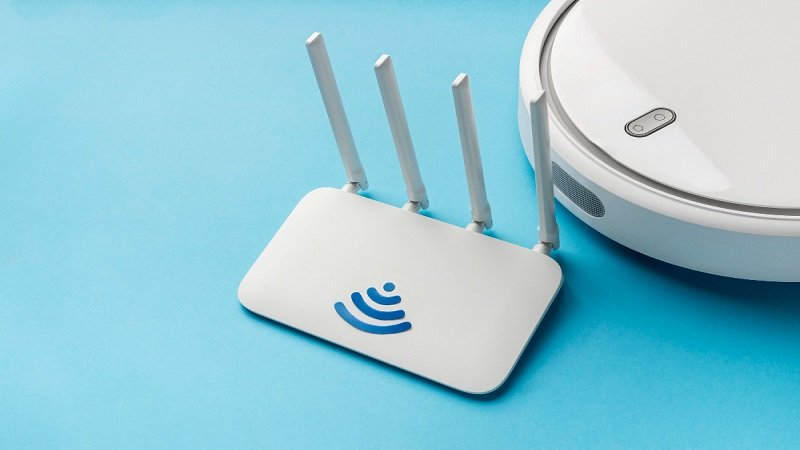How to Install a Smart Home Automation System?
Smart home automation is the use of technology to control your home’s devices and systems remotely. This can include things like lights, thermostats, locks, and security systems. A smart home can make your life more convenient, comfortable, and secure.

In this blog post, we will discuss how to install home automation in your home. We will cover the following topics:
Choosing the right smart home platform:
The first step in installing home automation is choosing the right smart home platform. There are many different platforms available, each with its own strengths and weaknesses. Some popular platforms include:
| Description |
|---|
| Popular platform with a wide range of compatible devices. |
| Offers seamless integration. |
| Versatile platform with support for a variety of smart devices. |
| User-friendly platform suitable for beginners and tech-savvy users. |
When choosing a smart home platform, you will need to consider the following factors:
- The devices you want to control
- The features you want
- Your budget
Installing smart home devices:
Once you have chosen a smart home platform, you can start installing smart home devices. There are many different types of smart home devices available, so you can choose the ones that best fit your needs.
Some common smart home devices include:
| Smart Home Devices | Description |
|---|---|
| Smart Lights | Easily control and automate your lighting settings. |
| Smart Thermostats | Efficiently manage your home’s heating and cooling. |
| Smart Locks | Enhance home security with keyless entry and monitoring. |
| Smart Security Systems | Monitor and protect your home with smart surveillance. |
| Smart Speakers | Enjoy voice-controlled assistance and music streaming. |
| Smart TVs | Access online content and streaming services seamlessly. |
Integrating smart home devices with your existing systems:
Once you have installed your smart home devices, you will need to integrate them with your existing systems. This may involve connecting your smart home platform to your Wi-Fi network, your home security system, or your HVAC system.
| Integrating Smart Home Devices | Description |
|---|---|
| Connect to Wi-Fi network | Ensure a stable connection for your smart home devices. |
| Integrate with Home Security System | Sync your smart devices with your existing home security setup. |
| Integrate with HVAC System | Link smart thermostats for better climate control and energy efficiency. |
How much does it cost for Smart Home Automation System?
The cost to install a smart home automation system in your home can vary widely, depending on the size of your home, the features you want, and the type of system you choose. However, as a general rule of thumb, you can expect to pay anywhere from $500 to $5,000.
Here are some of the factors that will affect the cost of your smart home automation system:
- The size of your home. The larger your home, the more devices you’ll need to automate, and the higher the cost of your system will be.
- The features you want. Some smart home automation systems come with a variety of features, such as voice control, remote access, and geofencing. These features will increase the cost of your system.
- The type of system you choose. There are two main types of smart home automation systems: DIY systems and professional systems. DIY systems are typically less expensive than professional systems, but they may require more technical knowledge to install.
If you’re on a budget, you can still get a smart home automation system that offers basic features. However, if you want a system with more advanced features, you’ll need to be prepared to pay more.
| Type of System | Average Cost | Cost of Installation |
|---|---|---|
| DIY system | $500 – $1,500 | $50 – $100 |
| Professional system | $1,500 – $5,000 | $500 – $1,000 |
Total Cost
- Minimum: $550 (DIY system)
- Maximum: $6,000 (professional system)
Tips for Saving Money
- Start small. If you’re on a budget, you can start by automating a few key devices, such as your thermostat and light bulbs.
- Choose affordable brands. There are a number of affordable brands of smart home automation devices available.
- Do your research. Compare prices from different retailers before you make a purchase.
- Consider buying used. You can often find used smart home automation devices in good condition for a fraction of the price of new devices.
- Do the installation yourself. If you’re comfortable working with electrical wiring or home automation software, you can save money by installing your own smart home automation system.
Troubleshooting smart home automation problems:
As with any technology, there may be times when you experience problems with your home automation. If you do experience problems, there are a few things you can do to troubleshoot them:
- Check your Wi-Fi connection.
- Make sure your smart home devices are up to date.
- Restart your smart home devices.
- Contact the manufacturer of your smart home devices for support.
Conclusion:
Installing home automation in your home can be a great way to make your life more convenient, comfortable, and secure. By following the tips in this blog post, you can easily install home automation in your home and start enjoying the benefits.
FAQ:
Q: What are the benefits of home automation?
A: Smart home can make your life more convenient, comfortable, and secure. For example, you can use home automation to:
- Turn on your lights when you get home
- Lock your doors when you leave
- Set the thermostat to a specific temperature
- Monitor your home security system
Q: What are the steps involved in installing home automation?
A: The steps involved in installing home automation are:
- Choose a smart home platform.
- Install smart home devices.
- Integrate smart home devices with your existing systems.
- Troubleshooting smart home problems.
Q: What are some common smart home devices?
A: Some common smart home devices include:
- Smart lights
- Smart thermostats
- Smart locks
- Smart security systems
- Smart speakers
- Smart TVs
Check out our other blog posts:
How to Set Up Smart Home Automation on a Budget?
The Pros and Cons of Smart Home Automation: Is It Right for You?
The benefits of smart home automation for energy efficiency!

